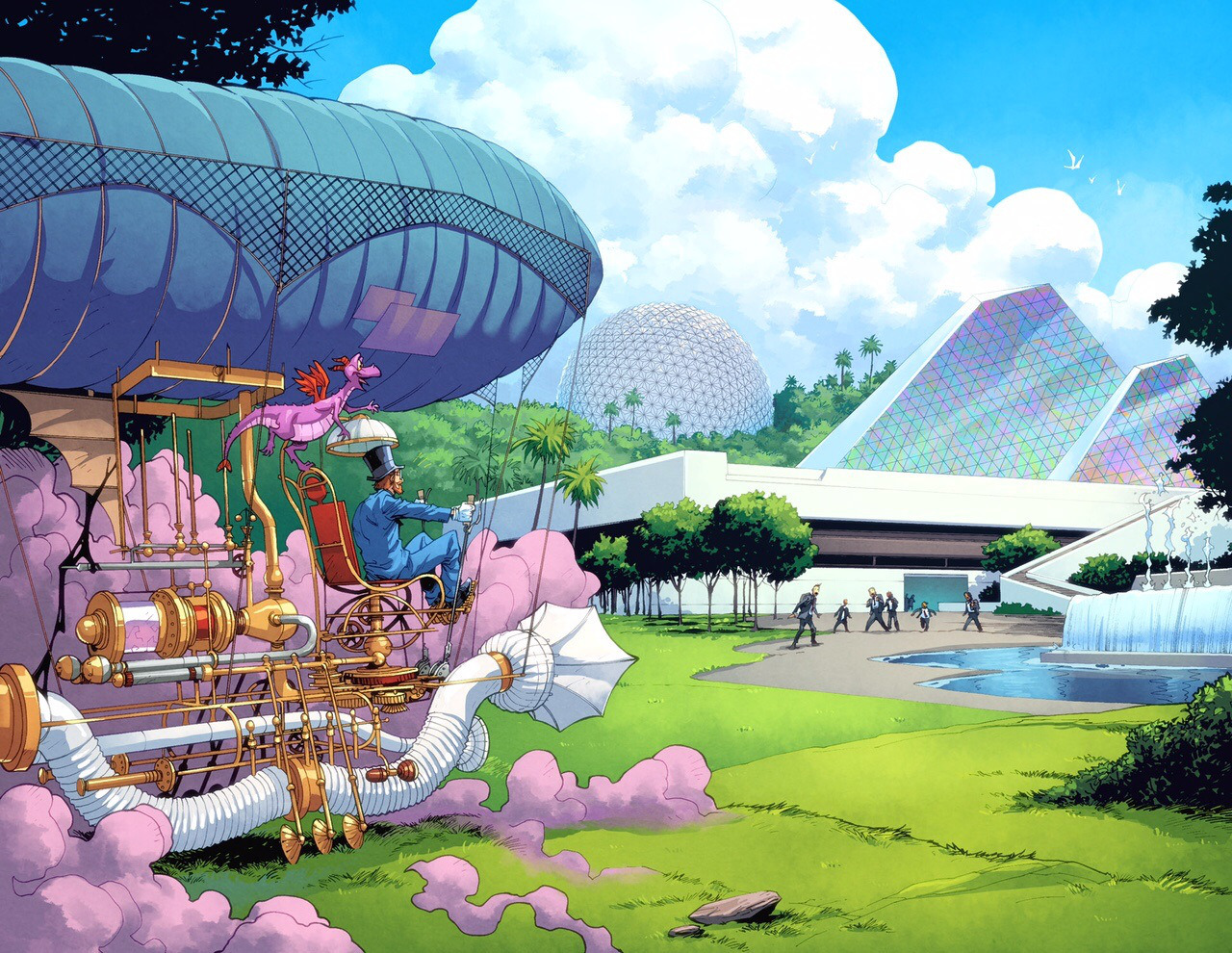The only historical number I used is the $180 for a 5 day ticket in 1995, which is taken from here: http://allears.net/tix/tickethistory.htmI don't know if your historical numbers are correct, you are also looking at best case scenario vs standard rate. I've seen the discussion play out on value of yesteryear vs today a couple times now. If @ParentsOf4 drops by they might drop the graphs on you with some other numbers.
The cheapest 5 day pass of any kind on there from 95 was right around $180. A 5 day hopper was $205 by the end of '97, or $305 adjusted for inflation.
I suppose you could talk about how in if you were staying more than 5 days you'd just get an annual passport, which was $229+tax at the end of 95, or approx $352 after inflation. (Premium AP was $319 = $500 today)
The rest of the numbers are straight from the WDW site for "today's" prices.
I recently booked a 14 day stay for September: 2 people, with free dining, and 10 day hoppers, @ Pop Century for $2700.
Inflation calculator is here: http://data.bls.gov/cgi-bin/cpicalc.pl
My point is that prices haven't skyrocketed like it might seem. They're higher, for sure, but not 2x or 3x as much as some would make it sound.
Last edited:


